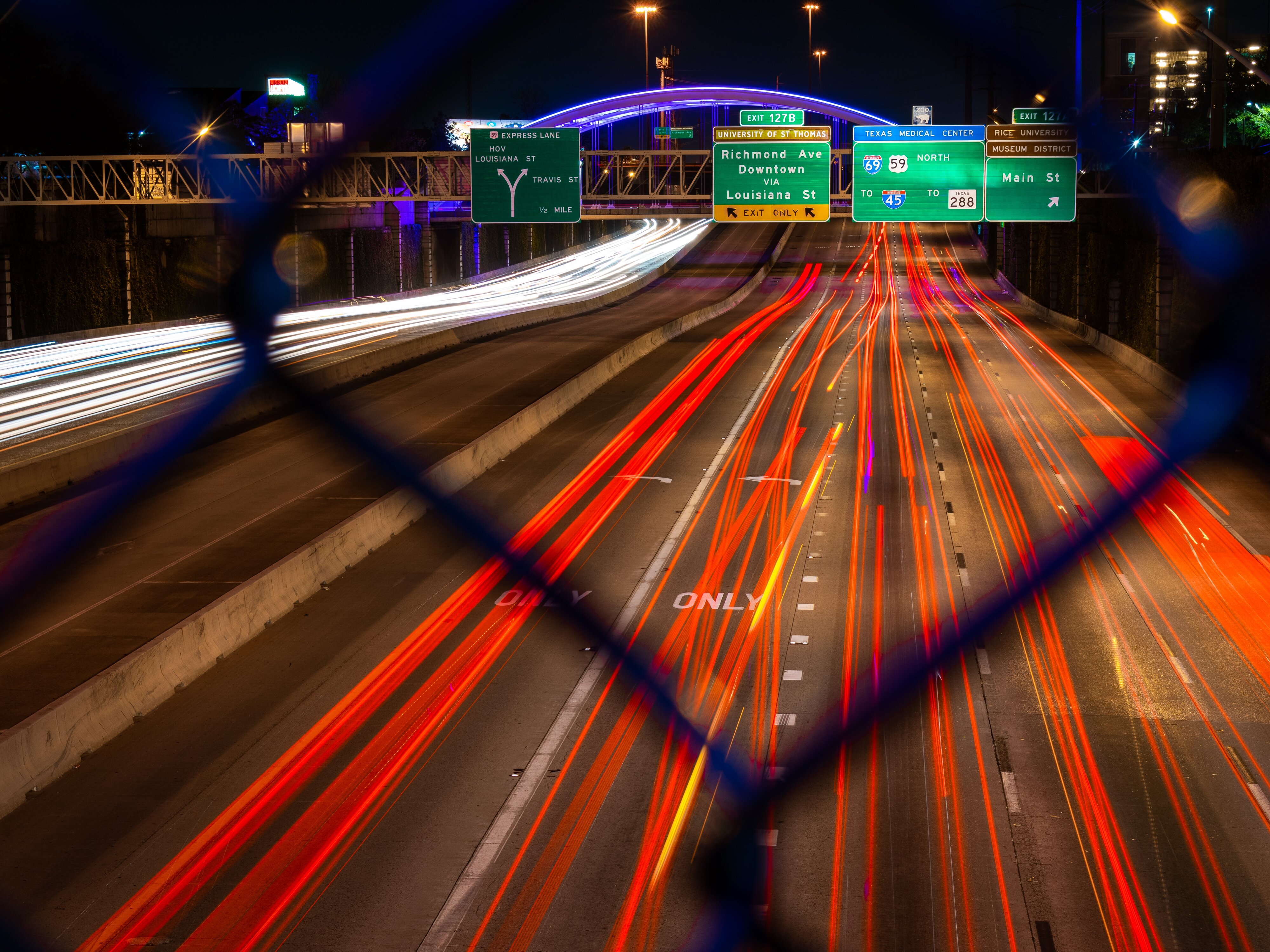
Metropolitan Transit: Integrating Public + Private Transport
In the United States, the automobile and its variants are absolutely relevant when designing sustainable cities/urban areas. However, a city can no longer design transport infrastructure solely around the automobile just as much as it can not focus just on public transportation with a total disregard for personal vehicles. While public metropolitan transit authorities (commonly referred to as metro systems) focus on vehicles that are high-capacity fleet vehicles, private transportation is more diverse ranging from recreational vehicles (RVs) to electric scooters and everything in between. An integration between public and private transport is needed for sustainable and economic growth while efficiently mobilizing the masses from point A to point B as safely and painless as possible. There also needs to be a consideration for the surrounding rural areas as residents in these towns are likely to transit from their homes to the city for work and back. The "Austin-San Antonio Corridor" is an example the consideration urban planners and transportation engineers need to address to improve transit flows and where to build/upgrade existing road networks. As one of the fastest growing areas in the U.S., the "urban sprawl" this area is experiencing will force officials at some point in the future to combine their metropolitan transit plans towards one "mega-metro area". For this example, the theoretical metro area should include the input of leaders from San Marcos, New Braunfels, Kyle, etc. Albeit, there are more responsible ways of using automobiles and cleaner fuels to operate them. As such, there are options available on how society can use personal transport to maximize efficiency while integrating with existing urban metro systems. This integration is key to prevent deadlock of traffic while mobilizing residents to their destinations. We are seeing this today more than ever in the COVID-19 era with the sudden increase of automobiles as delivery vehicles and hubs for more mobile services. The TxDOT Texas Transportation Plan 2050 addresses this along with other options that do not exist yet in Texas such as high-speed rail and preparing for autonomous vehicles. Using TTP 2050 as a guide towards this assignment, personal transport (i.e. automobiles, motorcycles, etc.) is necessary to a livable city and should be continued to be integrated and improved upon in the urban planning of major metropolitan areas.